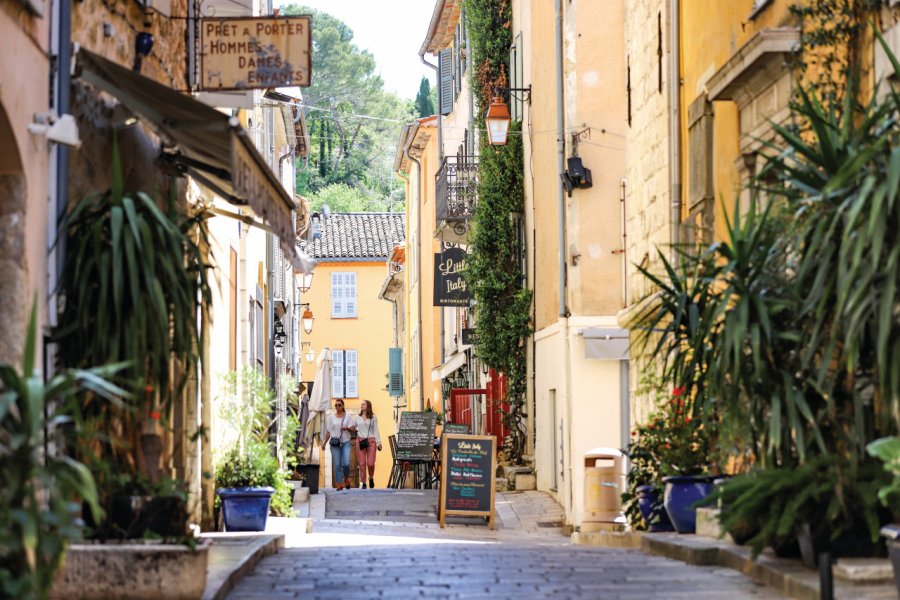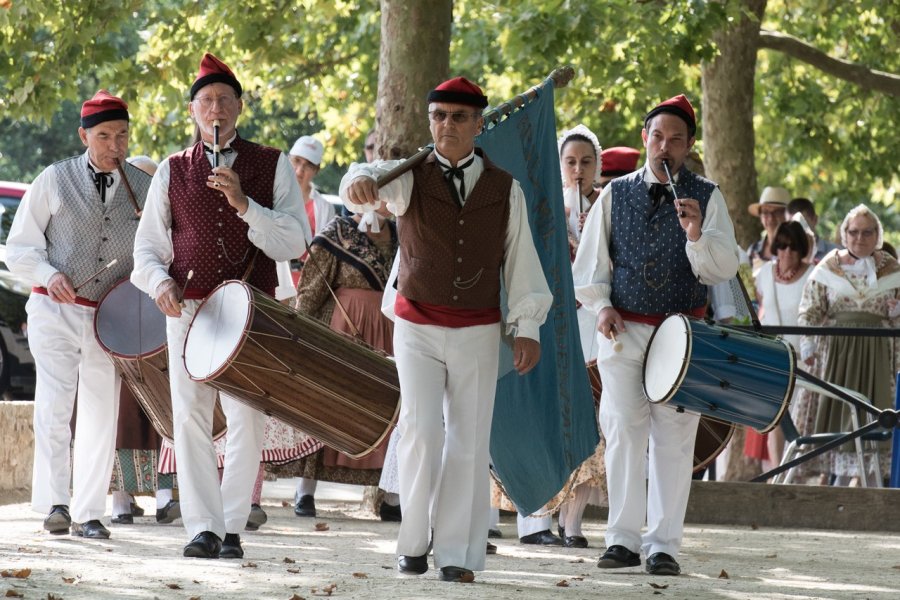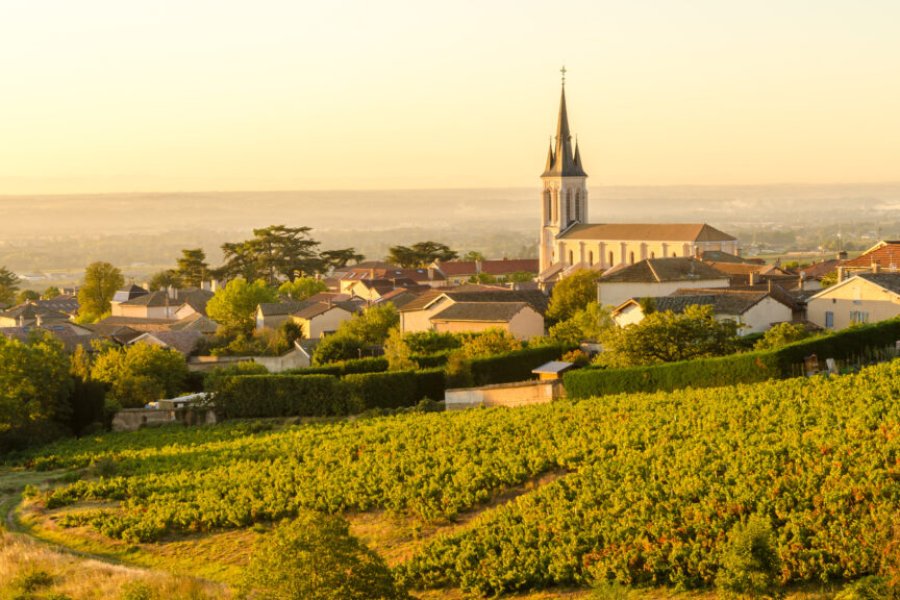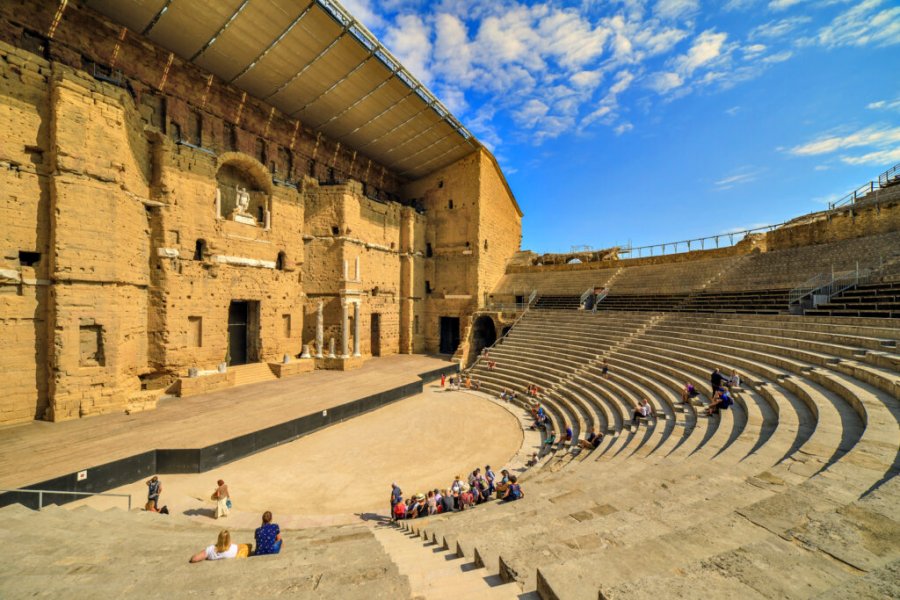The commune, which has a population of 13,500, includes the historic village of Valbonne and its outlying districts, as well as Sophia Antipolis, Europe's leading technology park. It's fair to say that its move here in 1969 transformed the life of the area, from 1,600 inhabitants in 1970 to over 13,000 in 2020. The town has had to adapt to new challenges, build, innovate and change its landscape. But the challenge was not to lose its authenticity with this influx of people. A successful challenge. Valbonne has managed to preserve two-thirds of its land in green zones, thanks in particular to the creation of a communal vineyard, olive grove and goat farm, and to preserve its 16th-century heritage. Unlike other villages in the region, Valbonne was not founded in the Middle Ages, but in the early Renaissance. With no staircases or steep alleyways, the village is built in a checkerboard pattern on a rectangular plan, with streets framing a central square and intersecting at right angles. Access was via gates or "pountis". In this way, the old town center was sheltered from the ramparts and beautifully restored. A stroll through the village is a real pleasure, as it has so much to offer. The houses boast beautiful ochre rendered facades and pastel-colored shutters. The eye wanders far, to the end of the alleys, brightened by bougainvillea. You can see the bell tower of Saint-Blaise, the arcades of the square or the colorful façade of the Hôtel des Armoiries. The village is always bustling with activity. Charming stalls invite you to push open their doors, while restaurants set up their terraces right on the street. "Here, the future has found its roots". This is the motto of the commune, rich in its complementary blend of tradition and future science. A little history. In 1199, Guillaume, of the monastic order of Chalais, was looking for a site for an abbey. It was this abbey, once built, that would, 320 years later, give rise to the village of Valbonne. By the end of the Middle Ages, the Black Death, severe drought and barbarian incursions had led to the desertification of the region, leaving it ruined and abandoned. In 1519, it became necessary to repopulate the estate. To this end, the abbey decided to have the village built by investors, who would then rent the houses to the peasants who came to work on the land. Augustin Grimaldi, bishop of Grasse and abbot of Lérins, himself drew up the plans for Valbonne, based on the model of Roman cities. The high, narrow houses on the outskirts of the village acted as defensive ramparts. The houses, which were virtually identical, were designed on a simple plan: on the first floor, a shed, on the second floor the living area, on the second floor the bedrooms and on the attic a storage area, with a pulley for lifting goods. It was all ingenious, and far ahead of its time. Vallis Bona, the "good valley" on the banks of the La Brague coastal river, was being repopulated by communities from neighboring hamlets and the high country. However, the Prior had not thought of bringing water to the village. For a long time, water had to be drawn from the river. The first fountain in the village dates back to 1835.



















